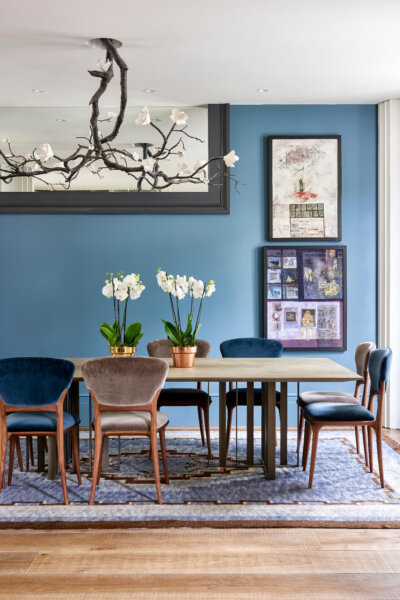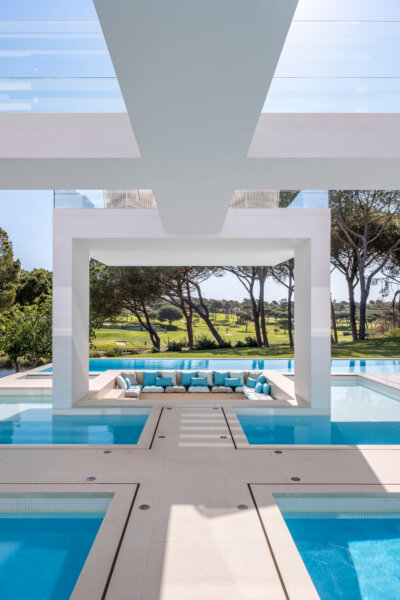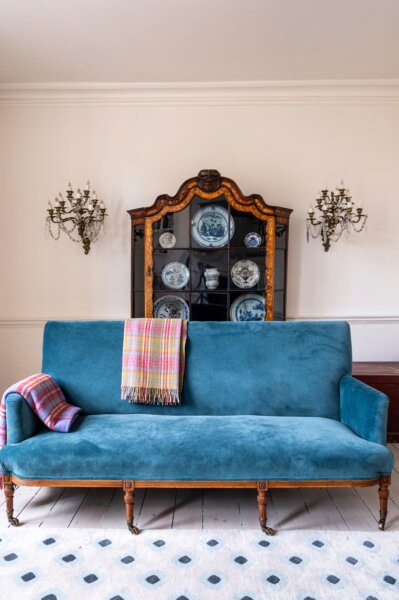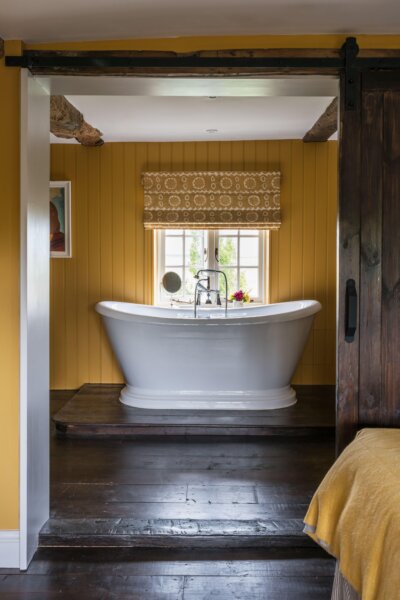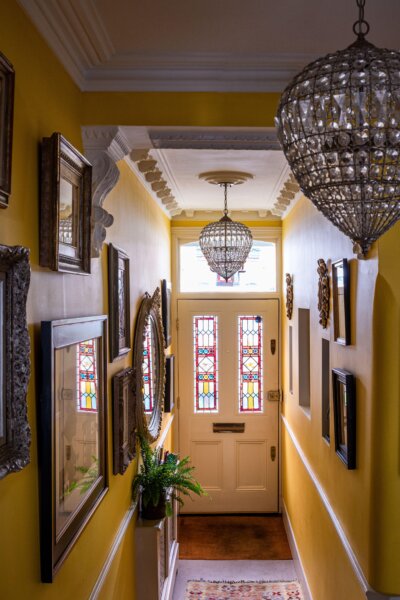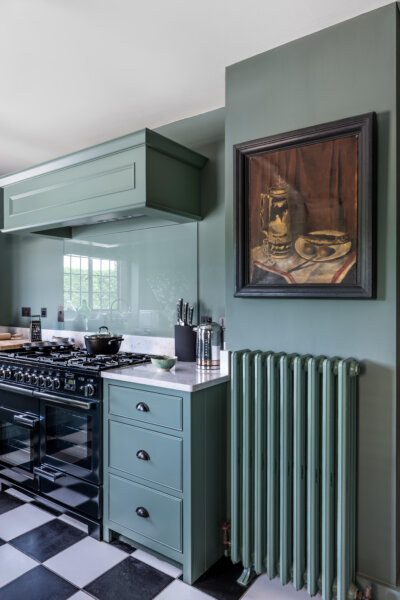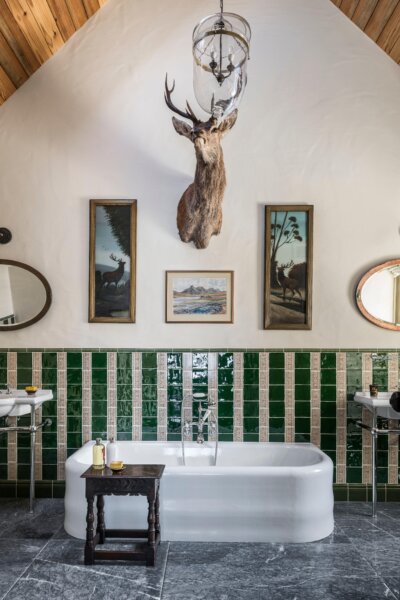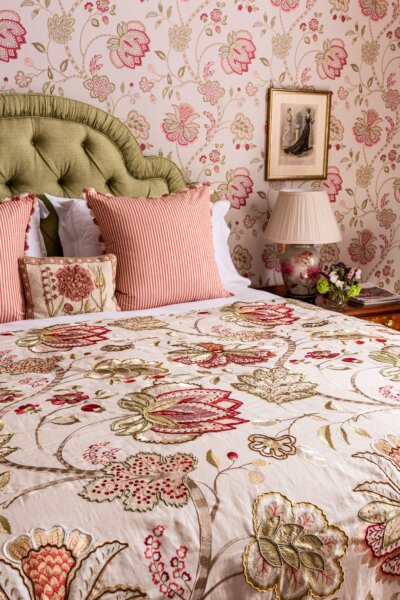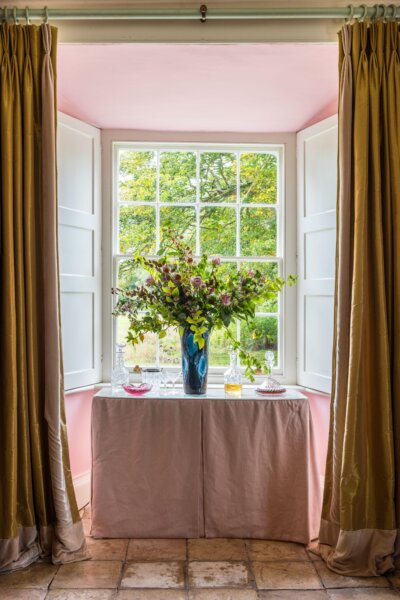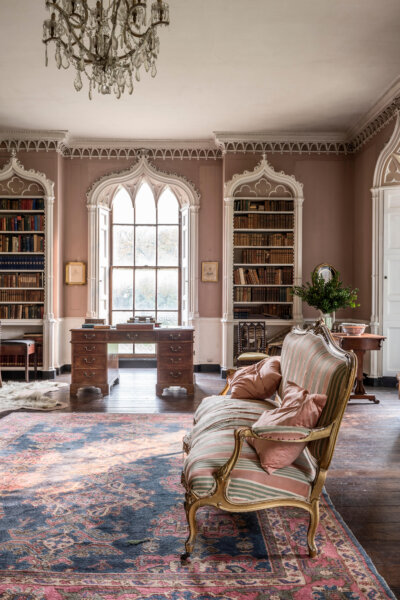For this month’s Spotlight, we are featuring Andreas von Einsiedel, an international leading interiors photographer with an extensive image archive spanning a wide spectrum of interior styles.
Andreas has been an Alamy contributor since 2004 and has amassed over 21k images in his collection. Some of his clients include the World of Interiors magazine, the National Trust and numerous hotels across the globe.
We were really keen to ask Andreas what a typical day on location entails, what some of the pitfalls of shooting interiors can be, and how he overcomes these challenges.
Read on to find out about difficult homeowners and where to start when capturing inside spaces.
LG: Have you always taken imagery of well-designed interiors? Where did it all start?
AvE: I have photographed interiors for 40 of the 43 years I have been a freelance photographer. I began my professional career as a studio-based photographer, shooting large format stuff mainly for advertising. It was a tough way to make a living as bookings were not as frequent as one would have liked. I had some contacts of people with beautiful homes and started to shoot interiors speculatively; they were almost always picked up by the few interiors and decoration magazines which were around in those days.
It really all began in the early 80s when the iconic magazine World of Interiors was started. For a photographer, it very soon became THE publication to be published in, it certainly became an overriding ambition for me.
I increasingly concentrated on shooting interiors, either by commission or by sourcing my own stories and producing them with a writer/stylist.
LG: What does a typical day shooting on location look like? Do you have a team of people working on each shoot and if so, what are their roles?
AvE: A typical day on location invariably starts early, particularly if the location is a long way away; it is quite normal to leave home in London at 6am or earlier and drive 2-3hrs. This is ok in the summer but a lot less fun in the autumn and winter months when daylight is at a premium.
An assistant used to be the most important ‘piece of kit’ on a shoot and I use them now only if there’s a budget for it. With editorial rates continuing to slide I do without one most of the time.
To have a stylist on the shoot, however, is absolutely essential because one often does not know what state the house you are going to shoot is in (ie. has the house been prepared for the shoot?).
The stylist works very closely with the photographer, helping to decide which angle to take and then preparing the ‘set’, arranging flowers, moving unsuitable objects out of shot, clearing crowded bathroom shelves, making or rather improving the appearance of beds, arranging the kitchen etc.
LG: What’s your favourite time of day to shoot and does external light affect how you shoot internal locations?
AvE: If there is sunshine, I love the early mornings and late afternoons when you get long shadows, particularly when shooting outside.
Also, just after sunset is a great time to catch exteriors. There is still a glow in the sky which gives a warm colour cast on the western side and a cool one on the side facing east, obviously you need a sunny day. This can create a dramatic effect if a scene or an interior is lit from both sides and combines warm and cool lighting in the same image.
Working in the UK one is mostly faced with overcast days so the time of day is not that significant. I carry lights but try hard not to use them, and virtually everything is shot with available light. The sensors in today’s digital cameras are brilliant in accommodating extremes of contrast and if the camera cannot cope then the software will make up for it.
LG: How do you compose a great image?
AvE: I don’t know the answer to this! what I do know is that the starting point ought to be a well-designed space, created by someone who knows what he or she is doing.
If the interaction of shapes and forms, colours, textures, symmetry and the contrasts between light and dark, old and new, soft and hard, etc have been taken care of then the photographer’s job is made that much easier.
It is then down to my own eye, to my sensibility and taste and to a large degree to my experience to ‘add value’ to the scene in front of me with a good picture.
LG: Tell us the story behind your most difficult shot.
AvE: In virtually all cases difficult shoots are difficult because of people rather than the subject or technical issues for example.
If a subject, a scene, an interior does not come together in the camera, then I move on to the next and perhaps come back to it later.
Particular shoots which come to mind as difficult, had a problem of chemistry with the people involved, either clashes of personalities or problems owners have with each other, such as the wife having agreed to the shoot and has not told her husband who is dead against it.
When shooting interiors, one is by necessity in someone else’s home, and some owners may have their own ideas of how best to present their homes. The default setting is initially to accommodate the owner’s wishes, even if you know this is not the right approach. Every shoot has its own pressures such as time, lack of light, too much to get through in a day and one cannot indulge for too long an owner who has ideas of their own.
To do good work the photographer needs to feel relaxed and secure in what they are doing. If challenged by an overbearing proprietor or a meddlesome client and made to feel insecure in their decisions the photographer is being put into an impossible situation. Downing tools and walking out is not an option.
The good thing is, bad days and bad experiences are quickly forgotten, at the latest when on the next shoot. A shoot in the late 90s comes to mind: I was sent to Paris from London by a German magazine to shoot the home of a leading Parisian decorator/interior designer (and I mean she was the top of the tree in those days).
I met with the writer who I did not know outside the designer’s house in the early morning and we rang the bell. The designer opened, dressed and ready for the office. She dropped the key to the house in my hand, wished us a good day and left. She did not bother to show us her house first and point out where things are, how to use the coffee machine, where to find clean towels etc – things people will normally do when the photographer come to their house and they cannot be there.
Once we were inside we understood why the lady was in a hurry to leave – she had had a party the night before and nothing had been cleared up, rearranged or made nice for the shoot. Filled ash trays, dozens of used wine glasses in the drawing room, used dinner plates around the dining table, a gigantic mess in the kitchen, bed unmade and bathroom not cleared etc. and no staff or helpers!
I suggested to my writing colleague, also a freelancer, that we ought to call the editor of the magazine in Hamburg and say the house is in an unfit state to be shot and we cannot do the job. She strongly disagreed and said sternly ‘Andreas, if you ever want to work for this magazine again then we will clear this mess and do the best job we can!’
So we went out, bought some rubber gloves and sorted the house out; it took the best part of the morning and in spite of the lost hours we got the job done, just. The rubber gloves went on to the bill!
We hope you’ve enjoyed this insight into Andreas’ brilliant work. You can view his entire collection on Alamy here, or visit his website here. You can also follow him on Instagram and if Andreas’ work has inspired you to have a go at shooting interiors, why not check out our top tips on improving your interiors photography here.
Make sure to follow us on Instagram to see our next Contributor Spotlight!
